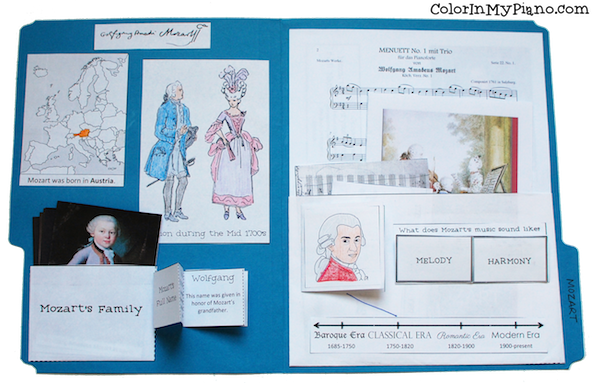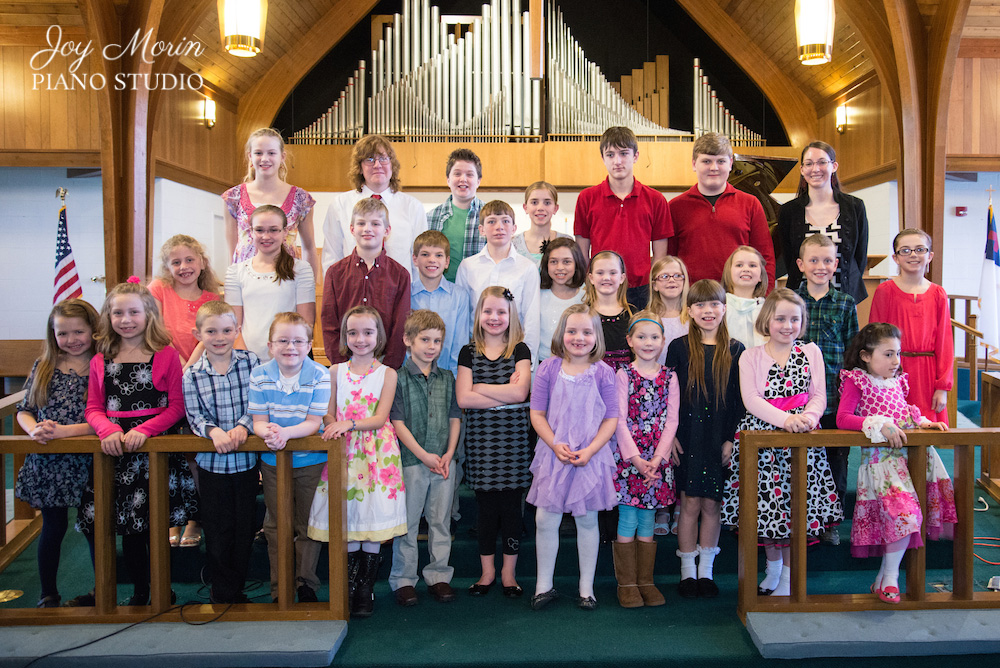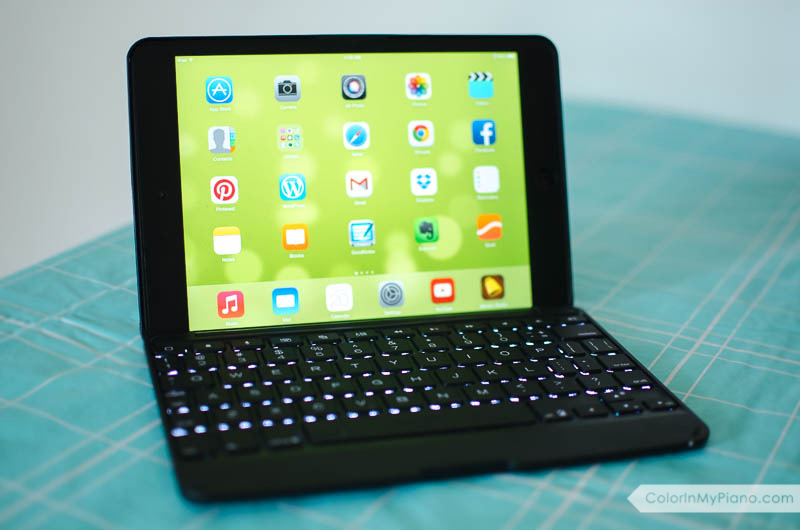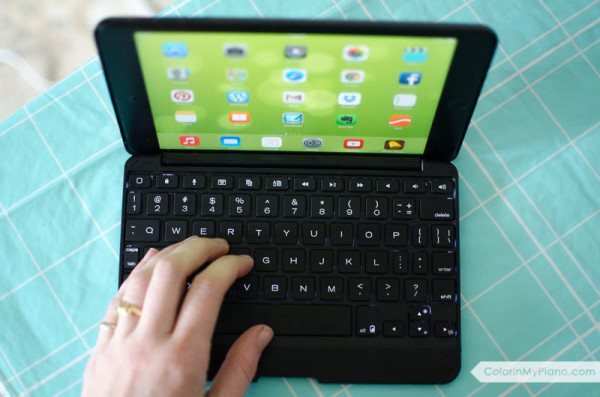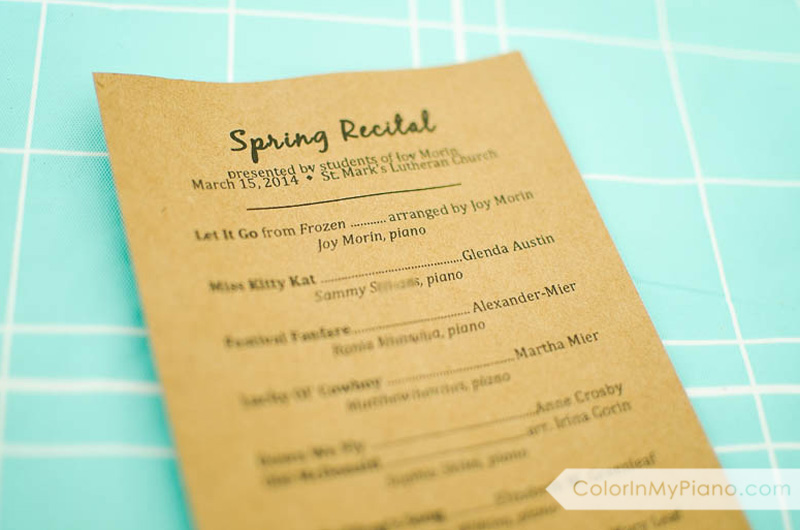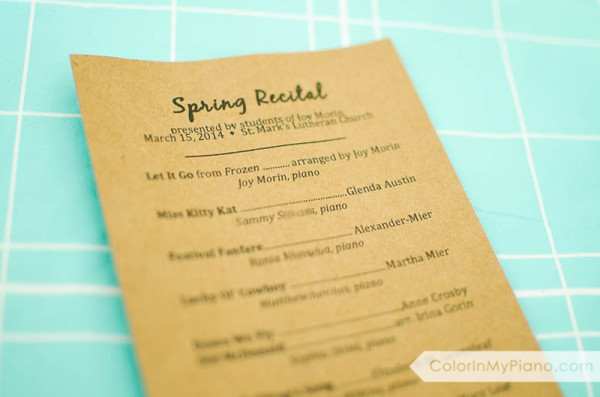I received nearly 300 responses to my survey about offering an online piano course for piano teachers. I was so encouraged by your comments that I immediately began writing the course material to be able to offer a 6-week course this summer. Thanks so much for your feedback! I am SO excited about this endeavor.
Here is the official announcement:

Here is how the online course will work:
- Registrants will receive a username and login to the course page. Each week on Sunday, new coursework is added to the website. Each week’s material will focus on a different topic. After downloading the PDFs, you can study the coursework from your computer or tablet. Many supplemental PDF examples, forms, and other resources will also be available for download.
- Completed assignments can be emailed to Joy if you are interested in receiving feedback. All assignments are optional, allowing you the flexibility to decide how your time is best spent.
- Every Friday during the course, you will be invited to participate in a live video chat via Google Hangout. This is your chance to ask questions and interact with Joy and others who are taking the course. (Non-registrants are invited to observe the Google Hangout occurring live from Joy’s YouTube channel, or watch the recorded video afterwards.)
- A forum will be available on the website, allowing you to post questions or participate in discussions with other registrants at any time.

This summer’s 6-week course is intended for piano teachers seeking to learn more about business topics, piano methods, pedagogy, and much more. This jam-packed course is perfect for the new piano teacher as well as for the experienced piano teachers who looking to revitalize their teaching. You won’t be disappointed!
Here is the list of weekly topics I hope to cover between June 9 – July 28:
- Business Sense — business structures, bookkeeping, taxes, marketing, and more.
- Developing Music Literacy in Students — teaching objectives, learning styles, and a history and overview of current piano methods.
- Finding and Choosing Repertoire — leveling, publishers, anthologies, and more.
- Lesson/Curriculum Planning — leading the lesson, making assignment sheets, and planning long-term for students.
- More info coming soon!
- More info coming soon!
The dates and topics are somewhat tentative and the cost has not yet been set. Please stay tuned as the details continue to fall into place. 🙂
Registration opens in May and will be open to only 10 teachers (I want to be sure to have time to give feedback to all the registrant’s assignments. I will probably offer the course again in the Fall if there is enough interest.). Visit institute.joymorin.com to learn more and sign-up for the email list for the latest updates about this course and future courses.



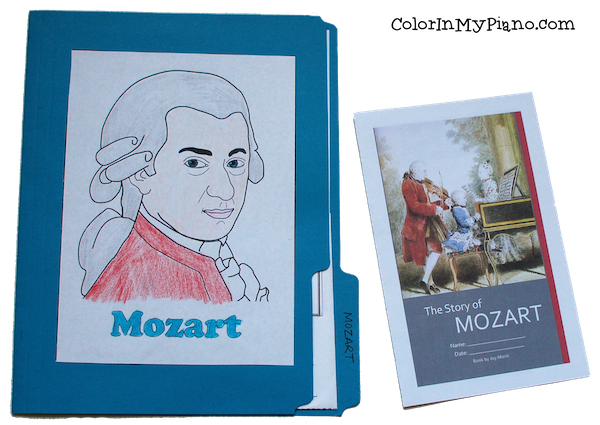
 A reader recently sent me the kindest email telling me about how her recent “Mozart party” went with her students. They used the Mozart
A reader recently sent me the kindest email telling me about how her recent “Mozart party” went with her students. They used the Mozart 